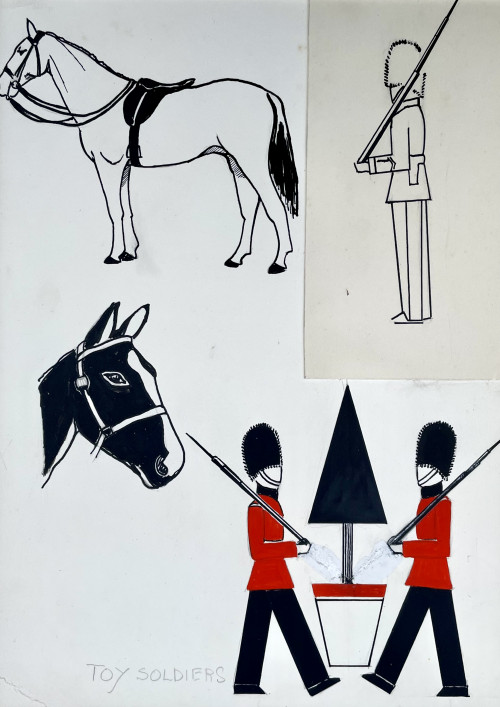- HOME
-
- View All Items
- New Arrivals
- Featured Items
- Artists
-
- View All
- Contemporary
- Birmingham School
- Cotswold Group
- Landscape
- Urban Townscape
- Abstract
- Animals/Birds
- Arts & Crafts
- British Impressionist
- Botanical
- Design/Industrial
- Fantasy/Fairy Subjects
- Female Artists
- Figurative
- Historical
- Illustration/Cartoon
- Marine
- Military/War Artist
- Modern British
- Pre-raphaelite/ Romantic/ Aesthetic
- Nude
- Portrait
- Prints
- Scottish
- Sculpture
- Sporting
- Still Life
- Theatrical
- Interiors/Architectural
-
ARCHIVE
Genre
- View All
- Contemporary
- Birmingham School
- Cotswold Group
- Landscape
- Urban Townscape
- Abstract
- Animals/Birds
- Arts & Crafts
- British Impressionist
- Botanical
- Design/Industrial
- Fantasy/Fairy Subjects
- Female Artists
- Figurative
- Historical
- Illustration/Cartoon
- Marine
- Military/War Artist
- Modern British
- Pre-raphaelite/ Romantic/ Aesthetic
- Nude
- Portrait
- Prints
- Scottish
- Sculpture
- Sporting
- Still Life
- Theatrical
- Interiors/Architectural
- ARTISTS
- Online Exhibitions
- Events
- About
- Contact
- Home
- Medium
- Watercolour & Drawing
- Scientific Accuracy
Scientific Accuracy
Scientific Accuracy
375428
GEORGE DU MAURIER, ARWS (1834-1896)
Scientific Accuracy
Ada: “What horrid things black-beetles are, Miss Grimm! The kitchen is full of them!” The Governess: “I agree with you, Ada! But as they are not beetles, and not black, perhaps you will call them cock-roaches for the future!” Ada: “Certainly, Miss Grimm; although they are not roaches, and not cocks!”
Signed l.r.: du Maurier
Pen and ink Framed
15.5 by 19.5 cm., 6 by 7 in. (frame size 32.5 by 37 cm., 12 by 14 in.)
Literature: Mr Punch with The Children, The Punch, London, c.1910, p.64, illus.
George Louis Palmella Busson du Maurier was born in Paris and came to London as a student studying Chemistry at University College in 1851. He returned to Paris as an art student in 1856-7 to work under Gleyre and there made the acquaintance of Whistler and Poynter (a period of his life to feature in his novel Trilby). The loss of an eye precluded him from following a career as a painter and he decided to concentrate on black and white work. He returned to London in 1860 and took up book and magazine illustrating becoming one of the greatest social satirists of the period. From 1864 he became a regular contributor to Punch and succeeded John Leech as one of the chief observers and caricaturists of Victorian fashion and high society.
Dimensions:
Thank you for your enquiry.
We will get back to you soon.
Please create wishlist to add this item to
RELATED ITEMS














